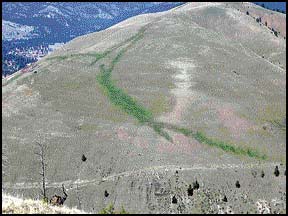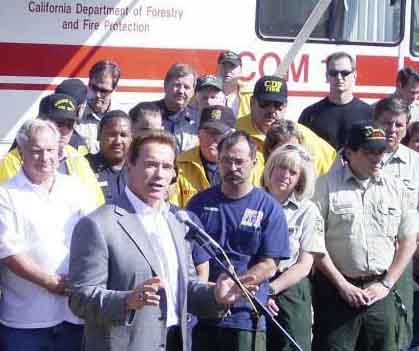 I thought this photo of a helicopter re-seeding over snow was interesting. They are working on an area southwest of Reno, Nevada that burned during the Hawkin fire on July 6. Click on the photo to enlarge it.
I thought this photo of a helicopter re-seeding over snow was interesting. They are working on an area southwest of Reno, Nevada that burned during the Hawkin fire on July 6. Click on the photo to enlarge it.
The photo caption:
“Helicopter pilot John Kelly of El Aero Services of Carson City drops seeds and mulch Monday over the Hawken Fire area. Each load weighs 800 pounds, and he was covering 340 acres with seeds and an additional 165 acres with mulch that should prevent erosion.”
More information from the Reno Gazette Journal:
“Seeds sown Monday across southwest Reno land scorched by the Hawken Fire are expected to bloom in the spring.
“We expect to see some growth. We’re hoping for a good germination,” said Sonya Hem, deputy director of the Nevada Land Conservancy. “We’ve been dropping pure live seed on the snow, sagebrush and bitter brush seeds.”
She said unlike some plants, those seeds need to be on the snow to germinate. The seeds were then covered with mulch to keep them on the ground, she said.
The partnership of Washoe County and the land conservancy is conducting the aerial seeding of 350 acres and aerial mulching of 165 acres of the Hawken area that burned in July.”





